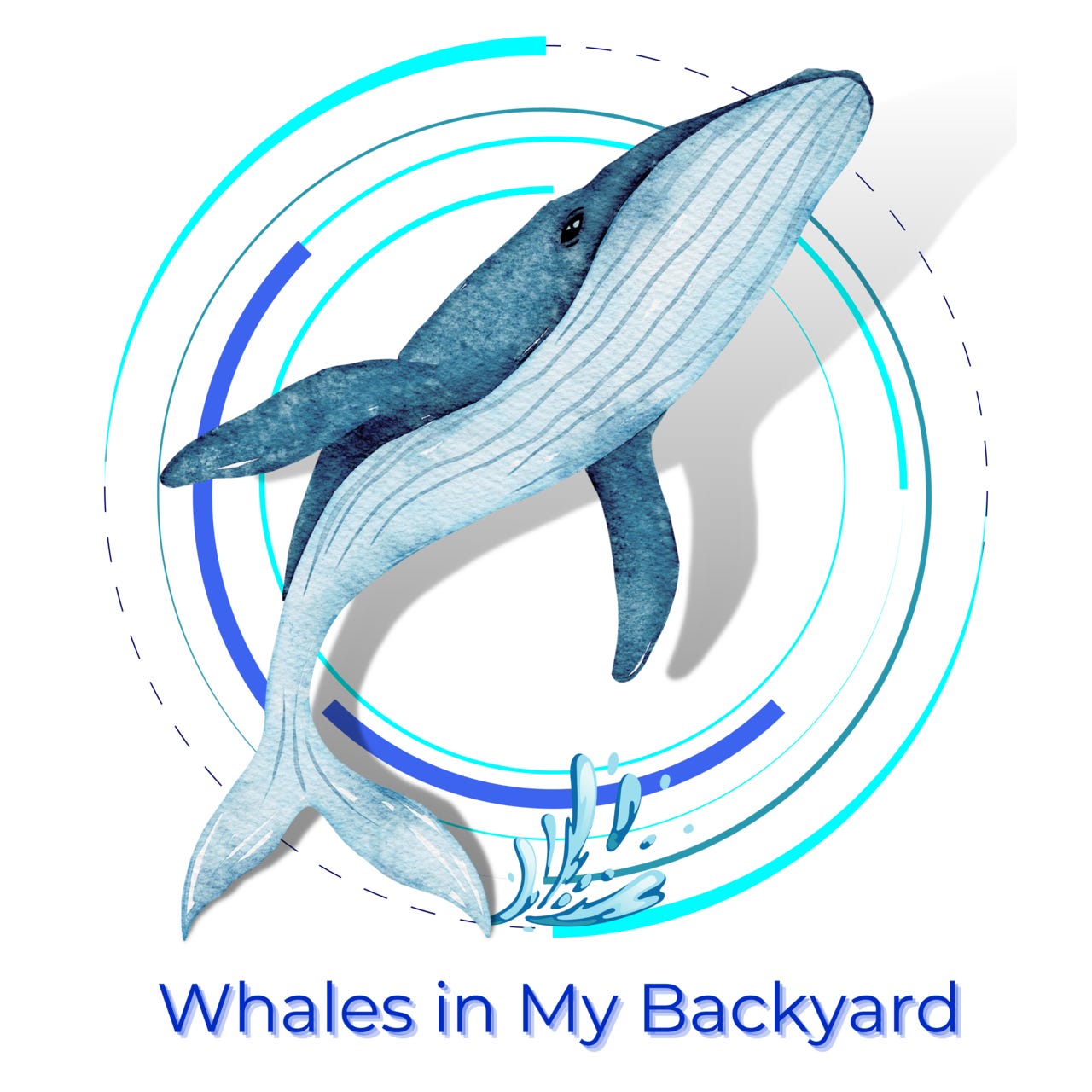Click the image above to hear Pūoro Jerome Kavanagh, a skilled Māori cultural practitioner, use traditional Māori instruments to bring taonga puoroa alive.
While living in Hawaii, one of my Hawaiian friends took me to her hālau (school) to meet her hula teacher (kumu hula). The teacher welcomed me warmly, pressing her forehead and nose to mine in the traditional Honi greeting. I was a bit taken aback, though the exchange felt gentle and respectful. Later I learned that part of the exchange was to “share breath.” Two people greet one another by touching noses and foreheads while inhaling (breathing) at the same time. In this way ha (the breath of life) and mana (spiritual power) are exchanged.
Something similar exists in the Māori culture. That makes sense since Hawaii was originally settled by Polynesian people. The Māori call their greeting hongi. In a hongi greeting the ha (breath of life) is exchanged and intermingled. Once you have received a formal hongi greeting, you are no longer considered a manuhiri (visitor) but rather a tangata whenua (one of the people of the land). This video by a Māori elder, Dr. Ringamarie Turkuki Rose Peri, explains it beautifully. I love her description of what each part of a hongi expresses:
“My eybrows remind you of the wingspan of the birds. My eyebrows remind you of the tail of the whale. My nose is the body and my forehead is a crown that reminds you of the crown of the great trees. My nose is the trunk, so when we touch the seeing eye (third eye) or the healing eye we link in and remember that we are interrelated and that we are a part of the oneness of everything that exists. We do not believe in separation.” - Dr. Ringamarie Turkuki Rose Peri
Finally, I want to share an example of throat singing (katajjaq) by a young Inuit woman and her mother. I stumbled on their work while researching traditional greetings by indignous people. As you’ll see when you watch Shina’s videos, Katajjaq is much more than a greeting. It is used for everything from soothing crying babies and entertainment to the exchange of positive energy for healing. I am intrigued and I hope you will be as well.
Shina Nova’s TikTok Channel: https://www.tiktok.com/@shinanova?lang=en
I don’t think I’ve ever mentioned that I minored in Native American studies in college and have an ongoing interest in learning as much as I can about indigenous cultures. However, it probably won’t surprise you to learn that I’m especially intrigued by how indigenous people view their relationship to the natural world. I am weaving some of what I’ve learned into Whales in My Backyard, my new Stack about what animals and the natural world have taught me. The posts are free to read, but paid subscribers get access to my audio recordings of the posts, WIMBY the Whale stories and activities for kids, and occasional extra content. Please stop by:
Hugs,
Jena
P.S. The obvious concerns raised by everything above and COVID kept me from writing this post for quite awhile. I simply cannot imagine giving my Hawaiian friends a traditional Honi greeting as I used to. This saddens, alarms, and has me feeling very alone.
I wonder how all of you are managing your interactions with those you love and care about. Please share.










Thank you, this story flung me back into a vivid memory from 1982. Mark and I were fresh young lovers who had just met on Valentines Day. Two months later, we were backpacking and hitchhiking in New Zealand. A baby blue flatbed truck stopped to pick us up. It was a family of Maoris. They said they had no room in the cab, we'd have to ride in the bed, would that be okay? We said absolutely! We tossed our backpacks in, climbed in and settled back in the "bed." As the truck wound its way up the pitch black road, we now had an opportunity to gaze up in a star-filled sky blazing with meteors. "Look! There's one! And another one! Oh my! Kiss me!" And there we cuddled in the breath of night presided over by that pulsating, gem encrusted Southern Cross.
Thank you for sharing this beautiful lore. I love the (third eye) or the healing eye linking us. This seems to exist in other spiritual belief systems, in Hinduism, the third eye refers to the ajna (or brow) chakra. How wonderful to "share breath" which I very much miss in this age of air born pathogens. Namaste.